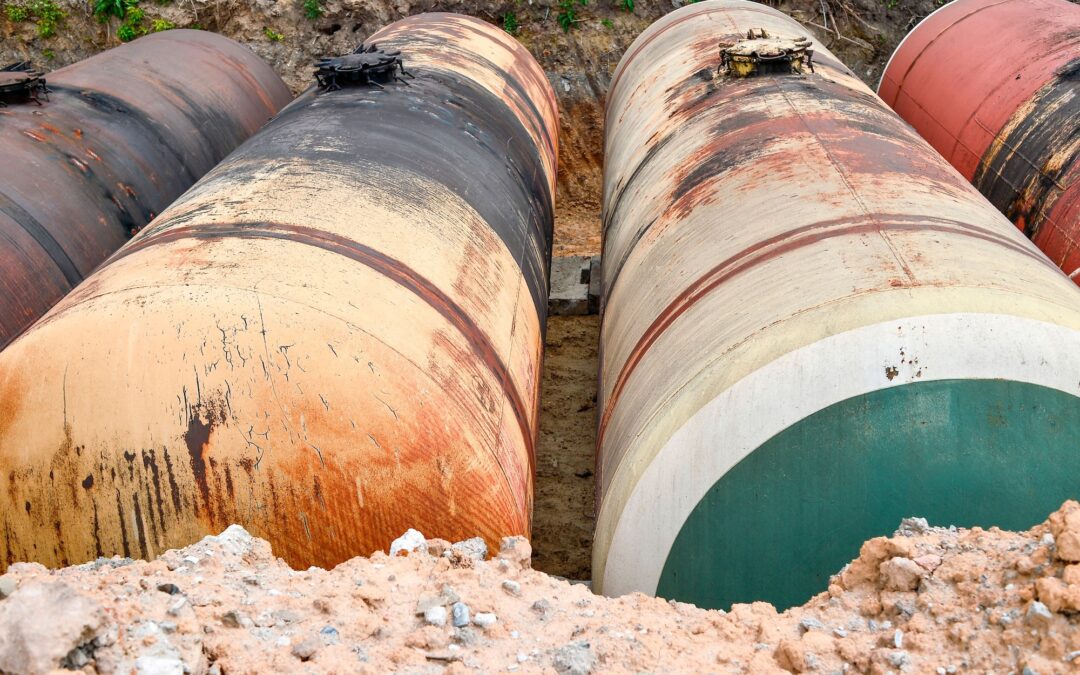Industrial storage tanks are containers used in various applications, including storing different types of fluids, corrosive liquids, chemicals, and other materials. They come in different sizes and shapes depending on the intended use. Storage tanks for industrial use are made from steel, plastic, fiberglass, concrete, or stone and come in different configurations depending on dimensions, orientation, placement, and wall configuration.
Discussion Points:
• What are industrial storage tanks?
• Construction configurations of industrial storage tanks,
• Safety standards, rules, and regulations governing industrial storage tanks,
• Industrial storage tank application considerations, and
• Routine safety checks and regular inspections.
Discussion:
The orientation of a tank can be horizontal or vertical; depending on the construction, the tank can be placed underground or above ground, and portable tanks can be moved from one place to another. Generally, a small-scale storage tank allows for horizontal orientation, whereas a large-scale tank with higher liquid levels will assume the vertical direction. When implementing a tank orientation, it is necessary to consider static pressure and the wind load in the design process. Important parameters when specifying storage or process tanks are their capacity and dimensions. The capacity of the tank is the internal volume available for material storage. The internal pressure is considered in the wall construction of the tank where single-wall tanks are common for various applications and double-wall tanks (DWTs) are used in applications where higher-pressure considerations are necessary.
Industrial storage tank design and construction must adhere to all safety standards, rules, and regulations of the American Society of Mechanical Engineers or ASME, whose guidelines have been accepted globally, ASTM International, American Petroleum Institute (API), and the American National Standards Institute (ANSI).
When selecting a storage tank for industrial use, it is essential to consider the application and operating conditions, including the type of liquid or material, temperature, Ph or acidic levels, and corrosion allowance. Industrial storage tanks may be used for hazardous waste storage. Tanks used for hazardous-waste applications must follow the guidelines in Standards 40 CFR 264 and 265. The EPA specifies that tank systems must include the tank, ancillary equipment, and the containment system, which consists of primary and secondary containment. OSHA tank regulations and standards cover container contents, capacity, location placement, and labeling specifications. Industrial storage tanks and containers are manufactured following strict specifications and guidelines to resist corrosion and other damage where failure can result in an environmental and safety catastrophe. They should be maintained with routine safety checks and inspected regularly to prevent hazardous situations.
As always, stay safe out there!


Recent Comments